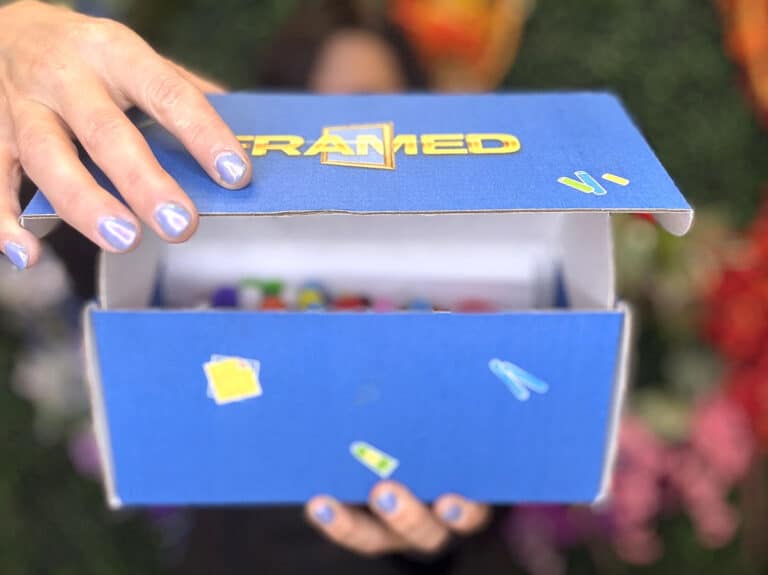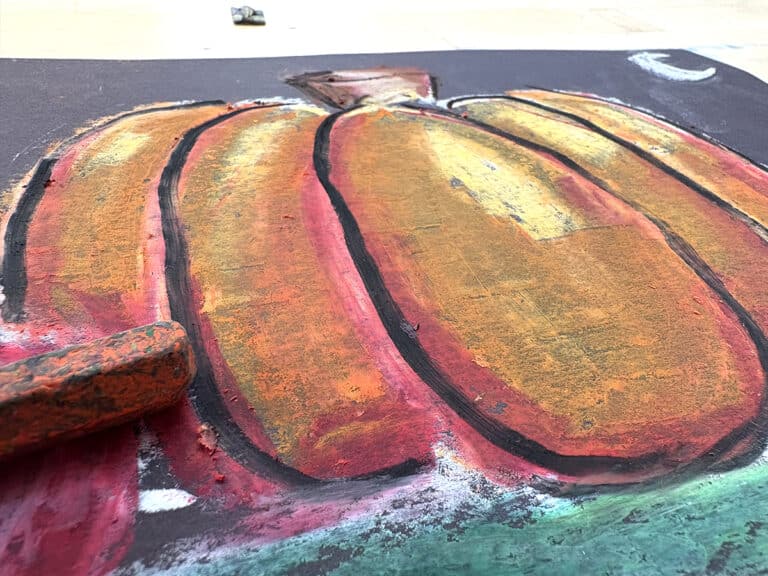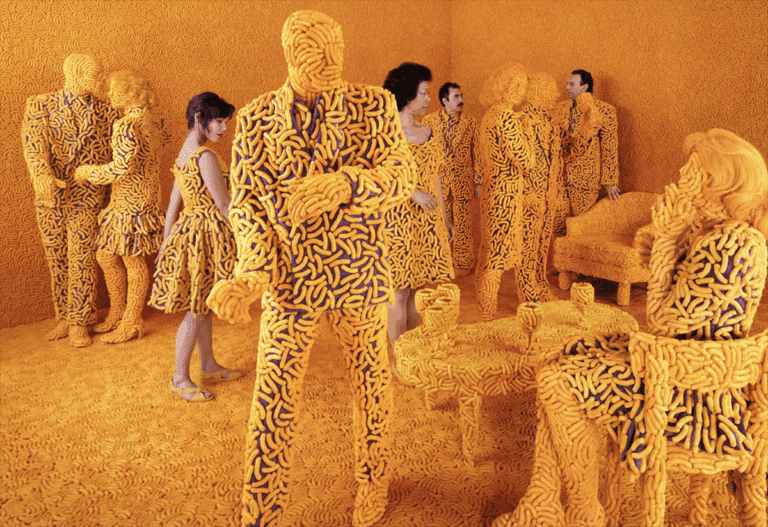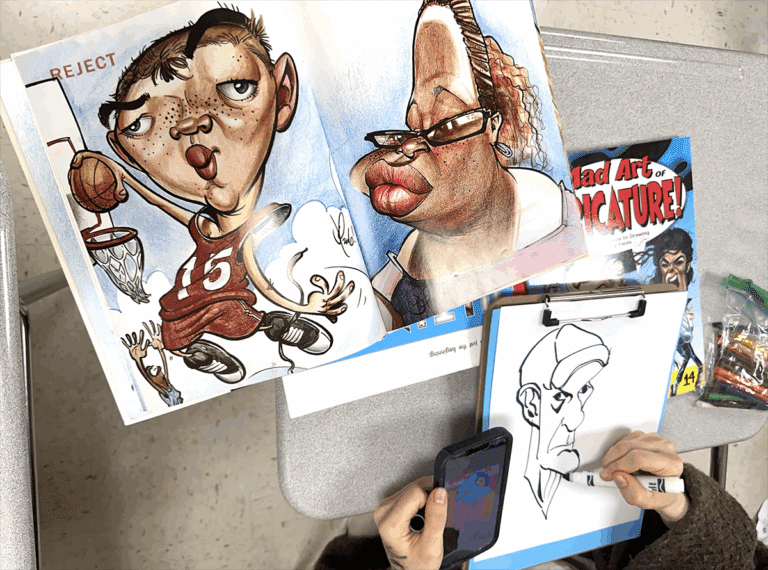Printmaking has been around for centuries and is still prevalent in the modern-day classroom. Whether you are exploring basic printing techniques with your elementary students or advanced processes with secondary students, there is something for everyone to learn.
A Brief History of Printmaking
The art of printmaking has a lengthy history. The first instance of woodblock printing came from China in 868 when creating the Diamond Sutra book. In 1423, printmaking made its way to Europe. By printing with woodblocks, books were produced for the first time. Johannes Gutenberg invented the first printing press with movable type in the 1440s-50s. While it wasn’t the first book ever printed, he would infamously print the Gutenberg Bible.
Different printmaking techniques evolved from there. By 1477 Flemish artists produced the first intaglio printing, and by the 1660s, the Germans invented the mezzotint process. The creation of the aquatint method and lithographs would come in the late 1700s through the mid-1800s. In the early 20th century, screenprinting was invented and popularized by Pop artists like Andy Warhol, Peter Blake, and Robert Rauschenberg.
This is just a glimpse of printmaking history. Let’s take a look at a few ways this exciting process can make its way into your classroom!
Printmaking and Activism
When exploring printmaking techniques with our students, it’s not uncommon to encounter powerful messages around the themes of social justice, social issues, and activism. Printmaking has long been the vehicle to spread ideas, share messages, start a conversation, and effect change. Before the modern-day printer, printmaking was viewed (and still is) as an easy way to mass-produce an image and message. This fits hand-in-hand with art related to activism and propaganda because of the opportunity to bring awareness to many people.
An Inspired and Simple Printmaking Lesson for All Levels
While many printmakers use their voice to send political messages and awareness to certain issues, not all printmakers focus on activism as their main message. Below is a list of nine printmakers who utilize various techniques and subject matter in their work. When planning for your next printmaking lesson, you may consider sharing these artists with your students. Remember, it is always important to investigate the work to ensure the messages and artwork are age-appropriate for your students.
9 Printmakers You and Your Students Will Love
1. Elizabeth Catlett
Elizabeth Catlett’s powerful work is well known. She is often an artist we look to when teaching our students about linocuts and block printing. While attending the University of Iowa, her painting teacher, Grant Wood, encouraged her to find inspiration from what she knew. As the granddaughter of slaves who raised her, the themes of slavery, Black culture, and women are often depicted in her work.
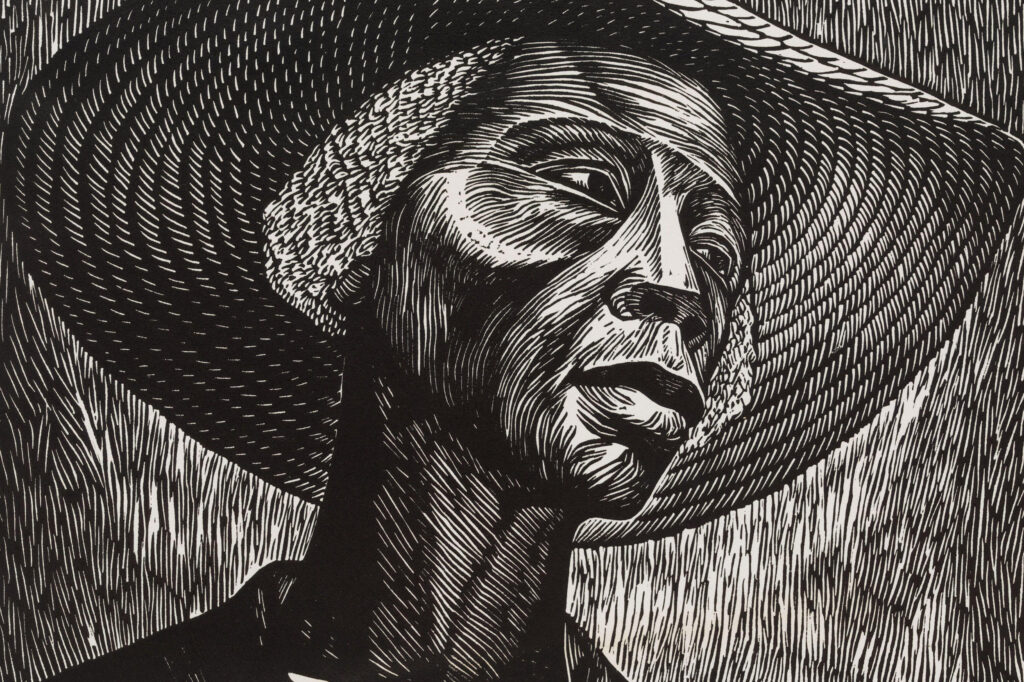
2. Wangechi Mutu
Wangechi Mutu is a Kenyan-American artist whose work focuses on the stereotyped images and cultural bias of African women. Her work is influenced by race, gender, art history, and personal identity. Mutu says, “A lot of my work reflects the incredible influence that America has had on contemporary African culture. Some of it’s insidious, some of it’s innocuous, some of it’s invisible. It’s there.” Her methods consist of printmaking and other mixed-media, collage elements. Mutu’s work is powerful and is often described as provocative. Because of this, all of her work might not be classroom friendly, but as an educator, Mutu encourages viewers to consider the mythical worlds she creates as places for cultural, psychological, and socio-political exploration.
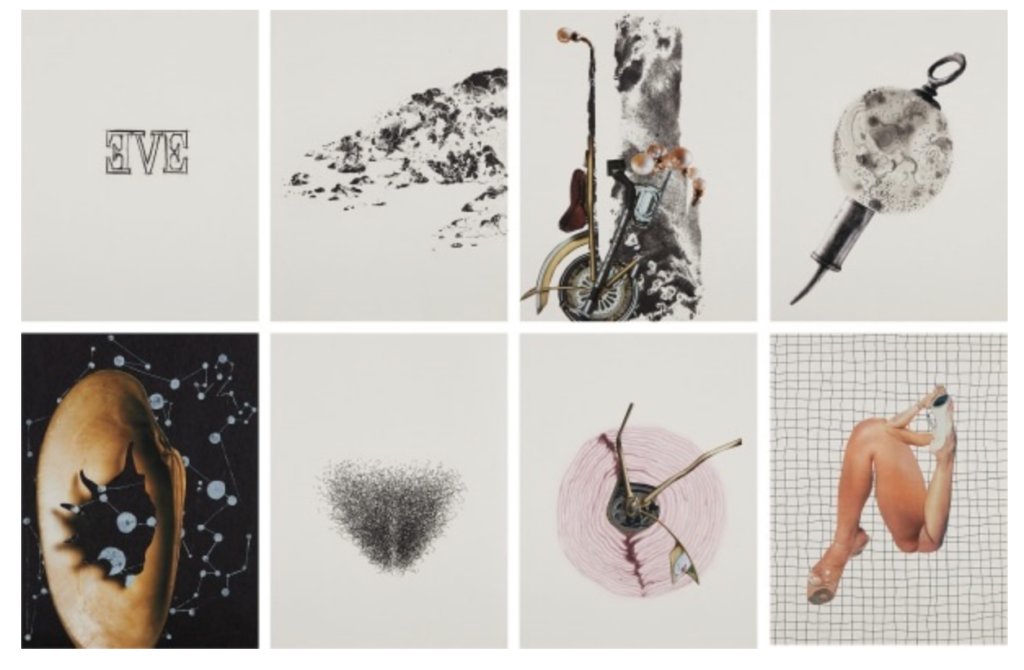
3. Karen Lederer
Karen Lederer describes her work as being influenced by Matisse, Marimekko fabric, household objects, and graphic advertising. With a background in printmaking, she explores the world of monoprinting in a graphic design style approach. Because monoprinting only allows for one print, each work and experience she creates is unique. Her work would be an excellent introduction to monoprinting for any age level, highlighting pattern, shape, and color.
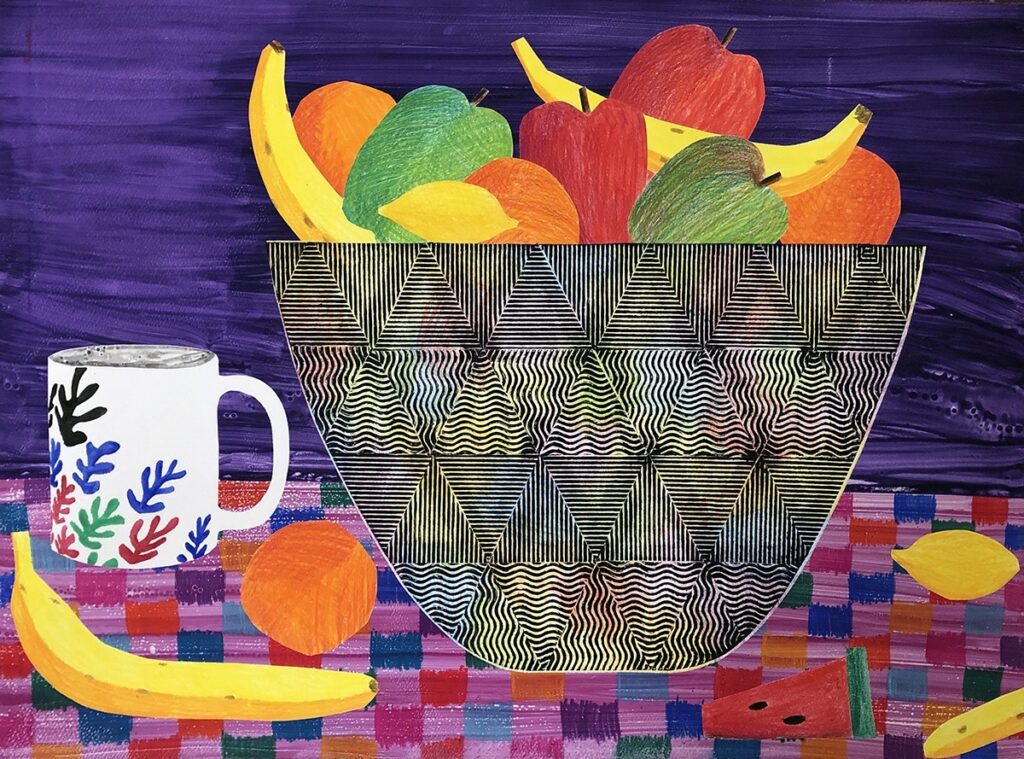
4. Delita Martin
Delita Martin is a master printmaker. From monoprints to relief prints, Martin incorporates a little bit of everything. Some of her work might even be characterized as mixed-media printmaking. When viewing Martin’s work, you will notice the rich layers and patterns in the work, but you will also see that her work’s primary subject is Black women. She describes her work as, “The reconstruction of the identity of Black women by piecing together the signs, symbols, and language used in everyday life from the times of slavery in America through today.” Her goal is to represent marginalized voices to tell their stories.

5. Swoon
Caledonia Curry, who you probably know as Swoon, is a Brooklyn-based artist known for her female presence in the predominantly male street art community. While many of her installations can be found on the streets and in museums, she’s no stranger to exploring and incorporating block printing and silkscreen into her work.
How to Make Printmaking Work for You (Ep. 071)
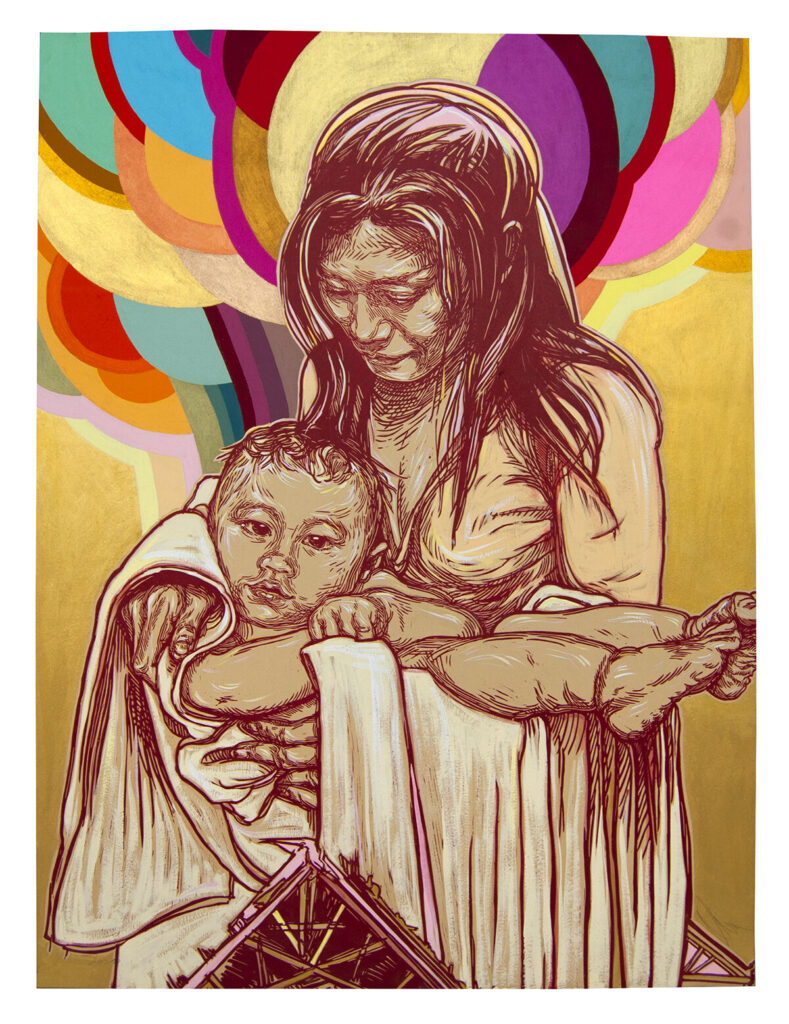
6. Barbara Jones-Hogu
Barbara Jones-Hogu was one of the founding members of AfriCOBRA (African Commune of Bad Relevant Artists) in Chicago during the 1960s. The group of artists was established to promote change and share voices through their artwork. While initially training in painting, her screenprints incorporating vivid color and text are some of her most notable works.
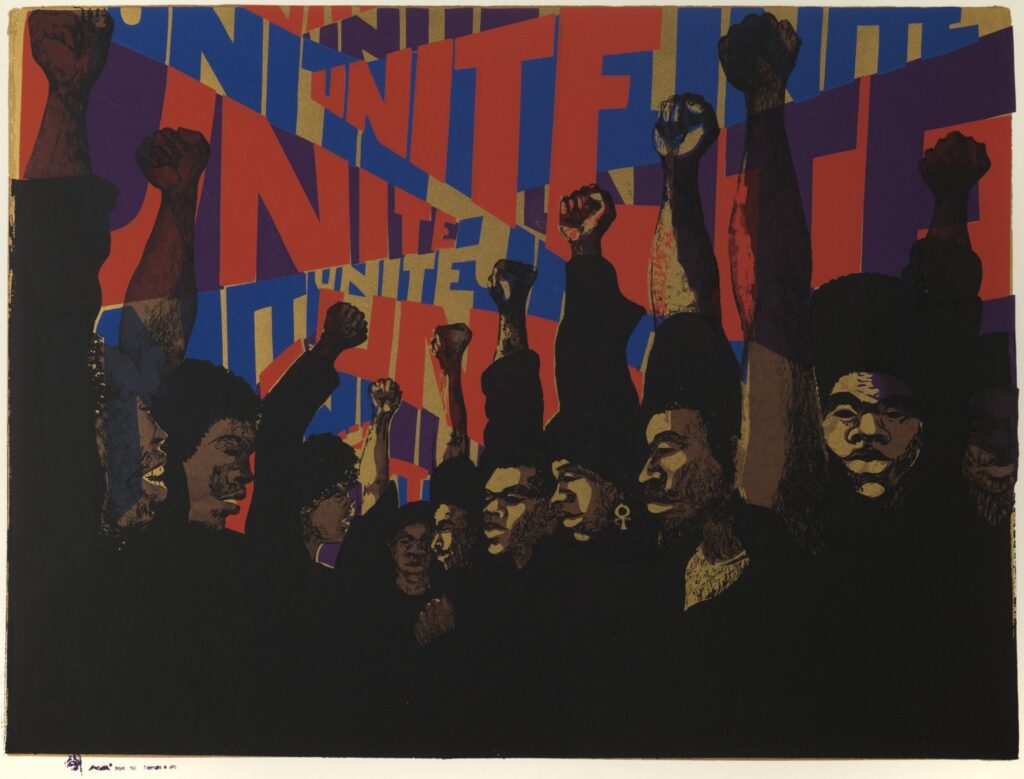
7. Benjie Torrado Cabrera
Benjie Torrado Cabrera is an artist from the Philippines who focuses his printmaking techniques on engraving. The engraving process that stemmed from the intaglio method is one that requires great attention to detail and time. The process of scratching into the metal plates allows for great detail and depth to occur within the pieces. Cabrera’s work is often representative of the cosmos symbolizing the universe.
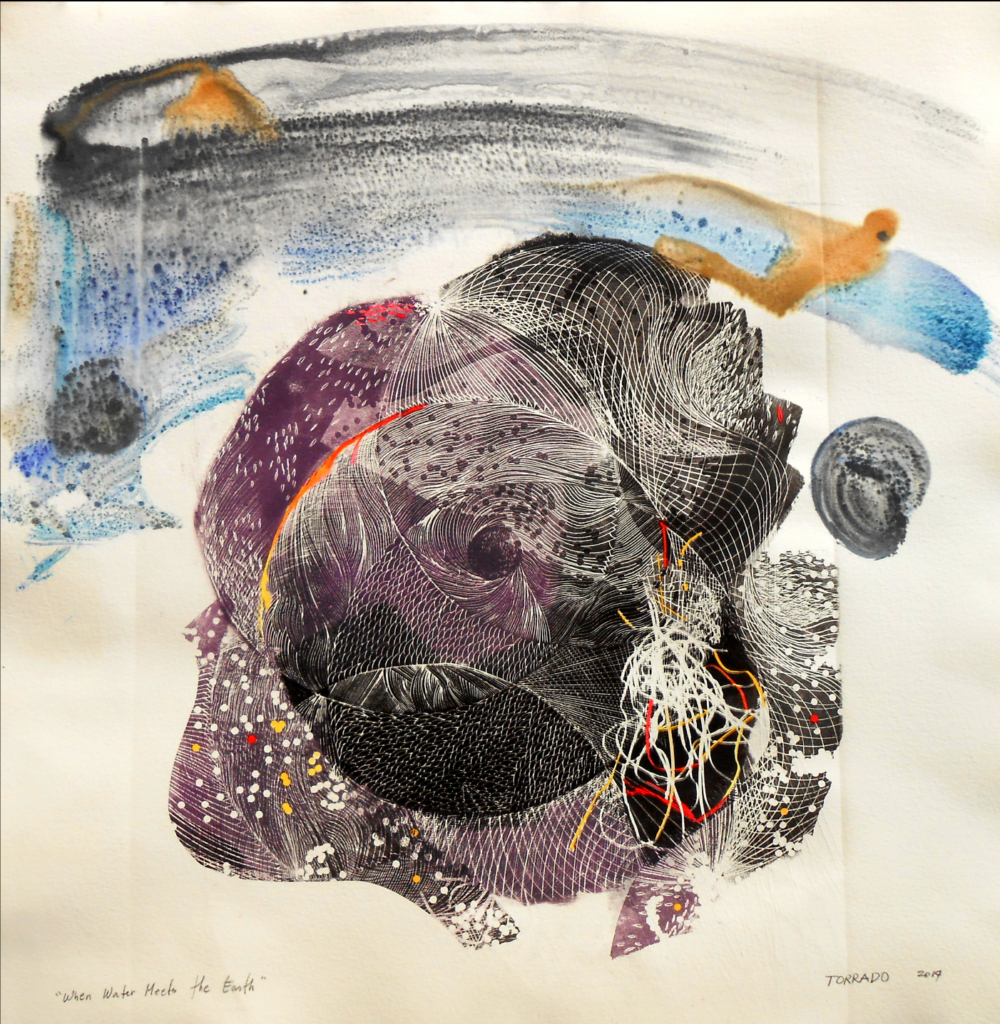
8. Francisco Souto
Francisco Souto, originally from Venezuela, is a printmaker who works with a variety of methods. Some of his most notable works include the mezzotint process. Through this process, he can create an incredible amount of detail in a way that will amaze your students.
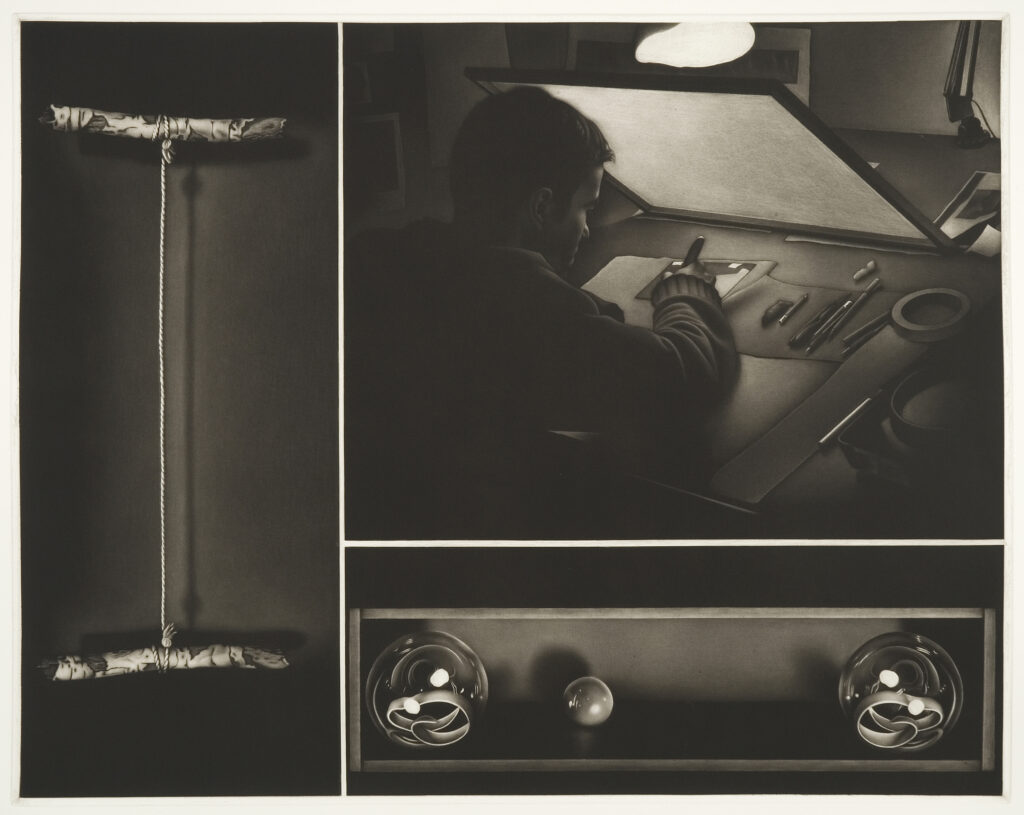
9. Favianna Rodriguez
Favianna Rodriguez is an Oakland, CA-based interdisciplinary artist. Her artwork depicts migration, gender justice, climate change, and racial equity. Her work can be described using bold colors and unique mark-making that draws the viewer in. Students will gravitate toward the pieces she creates. Much of her early work explores a variety of printmaking processes from monotypes to relief printing.

The Best Way to Scaffold Your Printmaking Instruction
While printmaking can incorporate many different styles, it’s a powerful and versatile medium allowing for voice. The next time you start a printmaking unit, don’t forget to explore some of these artists with your students.
Who is your favorite printmaker?
What printmaking process is your favorite?
Magazine articles and podcasts are opinions of professional education contributors and do not necessarily represent the position of the Art of Education University (AOEU) or its academic offerings. Contributors use terms in the way they are most often talked about in the scope of their educational experiences.



